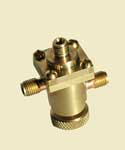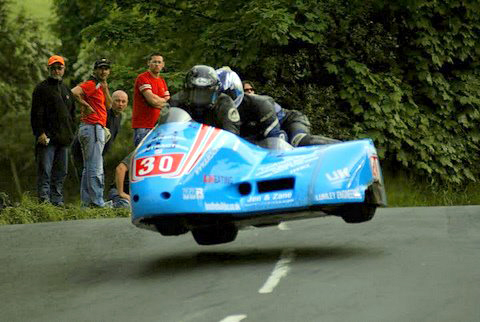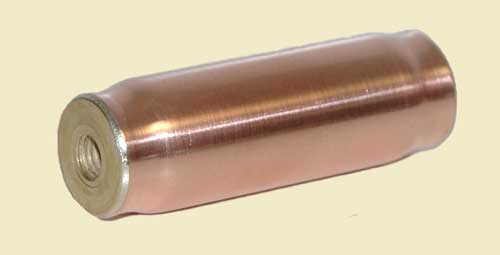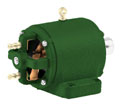|
A Gas tank for the |
|
|
BIX029
Boiler Pressure Regulator.
Click
here
for details


Forest Classics, sponsors
of Robert Handcock &
Ken Edwards, at the Isle
of Man TT races.
Congratulations to Rob & Ken for winning 5th place at the 2012 Sidecar event!
Visit RJ Road Racing website
Click
here
|
Introduction to 1" Scale Road Locomotives. |
|
|
|
These superb precision crafted models are built to a scale of one inch to the foot, one-twelfth full size and are as close to the original as possible whilst remaining a practical working model. There are two basic types available, the Traction Engine and the Steam Lorry, each model having its own particular appeal. The Traction Engines are based on the products of the foremost British manufacturer; Charles Burrell and Co once of Thetford, Norfolk, England. The Burrells are available in both coal and gas (Propane/Butane) fired versions, whereas the lorries are gas fired only. The coal fired Burrell is equipped with both hand and crank-shaft pumps, there is a water tank in the tender with a bypass valve to control the water feed. When working well a coal fired engine is capable of providing more steam and is more powerfui than a gas fired engine. The gas-fired engine has a hand held pump for boiler feed and a Propane/Butane tank in the tender. The tank is simply filled from a gas canister of the type used with camping stoves. Once full it will run the engine for 45 minutes of hard work or for over an hour running light. The fire is so easily controlled by regulating the gas valve, this is the better choice if you are uncertain of coal firing. Gas will run out before the water if both are started full, though extra water can be added with the hand pump during the run. Both gas and coal versions work at a powerful 60 pounds boiler pressure and will pull an adult along on level concrete or tarmac. A Iow loader is available for riding which has 16 wheels, all with needle roiler bearings and tyres. It is necessary to equip the engine with rubber tyres if heavy loads are to be pulled. (This is a no cost option on the agricultura! engine in place of the strakes fitted as standard) All of the Burrells will run over rough grass satisfactorily and can be left to go around in circles or with a scale load in tow such as the Living van or trailer. They will also belt drive other scale machinery, if the belt is set up accurately. There is an optional radio control system available for both the Road and Showmans' engines. (n.b. Standard equipment on the Lorries). This gives control over speed and direction but as a single cylinder engine, once stopped the engine will not start until the flywheel is turned - reversing is also manual. When in neutral the engine will run stationary, the brake working on a drum mounted on the second shaft and will hold the engine in position. Full Stephensons Link valve gear is fitted with lever control over forward, reverse and notch up positions. The Lubricator is of the displacement type and is mounted on the foot board or belly tank, disguised as a tooibox. It contains enough oll for a couple of hours running, oil flow being controlled by a needle valve. A differential is available as an optional extra, for a fully authentic model. All engines are supplied in fully machined kit, painted kit and ready to run versions. Some special tools are required, especially the small spanners and drills suited to the 6, 8 and 10 B.A. bolts used. Many parts are supplied with one set of holes which when lined up with the next component can be drilled through and bolted on. This does not apply to the more complicated parts such ńs the cylinder which requires no drilling. Rear wheels are part assembled whilst the front wheels require assembly, small copper rivets are included in the kit. |
|



